With demand surpassing supply, the warehousing sector is expanding into Tier II and III cities to accommodate the growing need for warehouse space especially from the manufacturing and e-commerce sectors
The warehousing sector is booming. This boom is relatively a new phenomenon, which started during the Pandemic and continued. With bricks and motors shops being closed, consumers had no choice but to buy from e-commerce platforms. The uptick in online shopping directly fueled the growth of India's warehousing sector. According to a report by Colliers, e-commerce segment has seen robust growth post Covid-19 and witnessed 2.3X times leasing during Q1 2024 compared to the same period in 2023. With increased focus on digital infrastructure and changing consumption patterns, e-commerce segment is further likely to warm up and create more demand for warehouses. Moreover, the rise of Q-commerce players is also likely to catalyze demand for bigger hub-warehouses. “Increasing demand for warehouse spaces across India has been fueled by the boom in e-commerce,” says Hemant Prabhu, COO, Greenbase Industrial and Logistics Park.
According to a report, over the last five years, the supply of Grade A warehouses has grown at a healthy CAGR of 24 percent to 166 million square feet (msf) in FY23 and is expected to be around 195 msf if FY24, with an estimated increase of 15-16 percent YoY in FY25. “Indian warehousing sector is on a high growth trajectory, supported by a large consumer base, surging 3PL players and growing manufacturing. Government policies and infrastructure initiatives are catalysing performance of this sector. India’s current warehousing upsurge began with the boom in e-commerce, which transformed warehousing from a basic backend storage into a versatile and cutting-edge modern complex, by prioritising & enhancing operational efficiency,” says Srinivas N, Managing Director, Industrial and Logistic Services, Savills India.
Leasing and commissioning
The report by Collier further states, around 33 percent of the new Grade A developments in the first quarter was concentrated in Delhi NCR. Industrial and warehousing leasing activity across the top five cities remained buoyant during Q1 2024 at 7 million sq ft. Mumbai and Chennai led the demand with about 55% share. Interestingly, leasing in Chennai, especially remained robust, with industrial &warehousing space take-up in Q1 2024 almost twice the leasing activity in corresponding period of last year. Across the top five cities, Bhiwandi in Mumbai with 1.7 million sq ft of Grade A demand, was the most active market for Q1 2024. Bhiwandi was followed by Oragadam in Chennai, which surpassed leasing activity of Chakan Talegoan in Pune for the first time in a while. “While 3PL players continued to drive industrial & warehousing leasing activity, demand from Retail, Engineering and Automobile players too accounted for a significant share in Q1 2024. It is noteworthy to see that the cumulative share of these three sectors have risen from 26% in Q1 2023 to 40% in Q1 2024. This signifies changing consumption patterns and hints at opportunities emerging in the sector from the steady demand diversification.” says Vijay Ganesh,Managing Director, Industrial &Logistics Services, Colliers India.
According to the latest report by Savills, the market witnessed a fresh supply of 12.9 mn sq ft in Q1 2024, indicating a 4 percent growth rate from Q1 2023 levels, of which 9.8 mn sq ft (76 percent) was from tier I cities and 3.1 mn sq ft (24 percent) was from tier II and III cities. In Q1 2024, Delhi-NCR remained at the top, contributing the highest percentages to total supply (23 percent) and total absorption (21 percent) witnessed. ”India's warehousing sector is experiencing increasing demand due to changing lifestyles and consumer trends. Initiatives like Make in India and China plus 1 strategy are driving industrial demand. In 2023, demand for industrial and logistics space increased from 36 million square feet to 38.8 million square feet in 8 major cities. 17% of demand came from manufacturing and engineering companies, while 45% came from 3PLs. Rental values have also increased in micro-markets across cities,” says Hemant Prabhu.
The uptake of over 2,00,000 sq sf warehouse spaces by 3PL companies surged significantly in Q1 2024. According to Colliers report, During Q1 2024, large deals (>200,000 sq ft) accounted for 51 percent of the demand, a significant rise from about 40 percent share during 2023. Amongst these larger deals, 3PL companies continued to account for the bulk of share. However, the rise in share of large deals was driven by large space uptake, particularly by retail and e-commerce players during the quarter. Chennai followed by Mumbai dominated the proportion of large-sized deals across the top five cities. “With a Grade A supply pipeline of about 23-25 mn sq ft for the year 2024, supply is likely to closely follow demand trend across the top five cities of the country. Overall, an upbeat start to the year holds potential to translate into a healthy performance by the industrial & warehousing sector in 2024.” says Vimal Nadar, Senior Director & Head of Research, Colliers India.
Investment and Government policies
In the last ten years, India's warehouse sector has garnered significant investments surpassing USD 10 billion from global investors, with ongoing prospects for further growth. Additionally, the Government of India has permitted 100% Foreign Direct Investment (FDI) in storage and warehousing under the automatic route, facilitating increased participation and development in this industry. “With the increase in the 3PL and outsourcing activities, India's warehousing sector is booming; driven by e-commerce growth, government initiatives like 'Make in India,' technological advancements, and improved infrastructure. Urbanization and consumer demand further fuel the need for efficient warehousing, making India a promising market for both domestic and international investments in this space,” says Vivek Arya, Regional CEO, Rhenus India. Moreover, the government's favorable policies towards the warehousing sector are also contributing to its growth. The NLP aims to reduce the logistics cost, making Indian goods more competitive while also promoting economic growth. The government has come up with a new warehousing policy to establish exclusive warehousing zones through public-private partnerships (PPPs). Helmed by the National Highways Authority of India (NHAI), this policy aims to enhance logistics across the country, reducing transportation costs. These modern warehouses will accommodate cold-storage chains for wet and dry cargo, strategically located outside city centers to alleviate pollution and congestion. Leveraging existing land along highways and expressways, private players will be invited through tenders to develop these zones in a PPP framework, either on a revenue-sharing basis or a fixed fee. As part of this strategy, NHAI will establish warehousing zones and multi-modal logistics parks (MMLPs), benefiting industries like FMCG, steel, and cement by providing inventory proximity to key hubs. “The Gati Shakti program and rapid urbanisation have also contributed to the demand for efficient storage and distribution centres. The shift of manufacturing hubs to India has also increased the need for warehousing assets. The digitalisation and automation of warehousing processes, along with the introduction of Goods and Services Tax (GST), have further streamlined operations and reduced costs,” says Hemant Prabhu.
Technology to the fore
E-commerce companies are continuously striving to swiftly deliver parcels to customers. In this age of rapid delivery, manual sorting of packages has been relegated to the background. Instead, modern warehouses are now outfitted with advanced systems and equipment to automate the entire process, from package entry to exit. The integration of automation, including autonomous robots, conveyor systems, and automated picking systems, is enhancing the efficiency of warehouse deliveries. “The 3PL/Logistics companies in India are actively investing in warehouse automation solutions to enhance operational efficiency. This includes integration of Automated Guided Vehicles (AGVs), Autonomous Mobile Robots (AMRs), conveyor systems to optimise material handling, order picking and packing procedures. Automation is being implemented in last-mile delivery operations, including route optimisation algorithms and mobile applications for real-time tracking and customer communication,” says Srinivas N.
Regulatory still a challenge
Although the government has undertaken numerous steps to encourage the expansion of India's warehousing sector, including the implementation of GST, the introduction of the National Logistics Policy, the launch of Gati Shakti, the National Infrastructure Pipeline, and the Dedicated Freight Corridor, there is still considerable room for additional policy improvements in the warehousing domain. “The government can support the growth of the warehousing sector by implementing policies and initiatives that create an enabling environment for investment, infrastructure development, and regulatory compliance. These steps include investing in robust transportation infrastructure, establishing Special Economic Zones (SEZs) and industrial parks with dedicated warehousing zones, promoting warehousing clusters or logistics parks with shared infrastructure, ensuring suitable land availability for warehousing development, offering fiscal incentives, tax breaks, and subsidies for investments in warehousing infrastructure,” says Hemant Prabhu.
Growth to continue
The emergence of tier III and tier IV cities as key warehousing hubs, coupled with the extensive adoption of AI and ML technologies for improved efficiency, is set to reshape the future of India's warehousing and logistics sector. Additionally, initiatives like the 'Make in India' campaign and the 'China plus One' strategy, alongside upcoming large-scale infrastructure projects, are anticipated to strengthen the Indian manufacturing industry, thereby increasing the demand for warehouses.




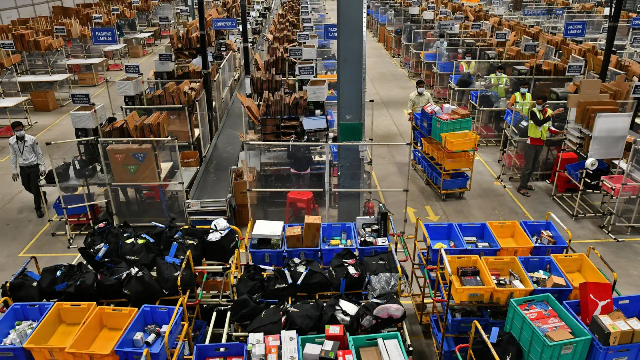


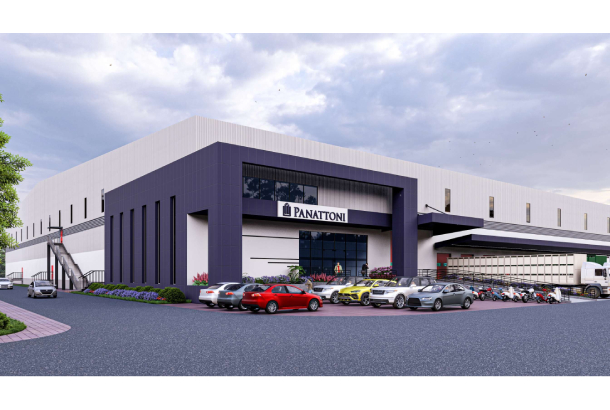
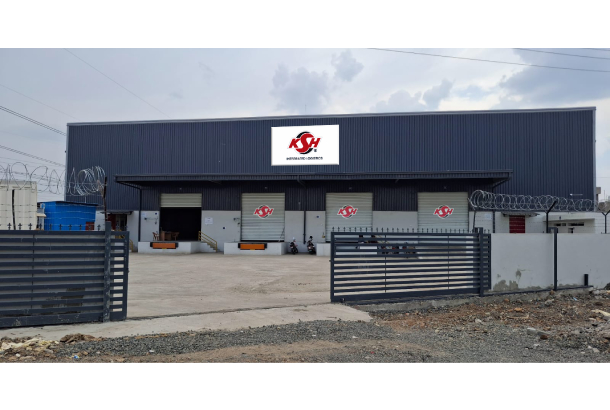
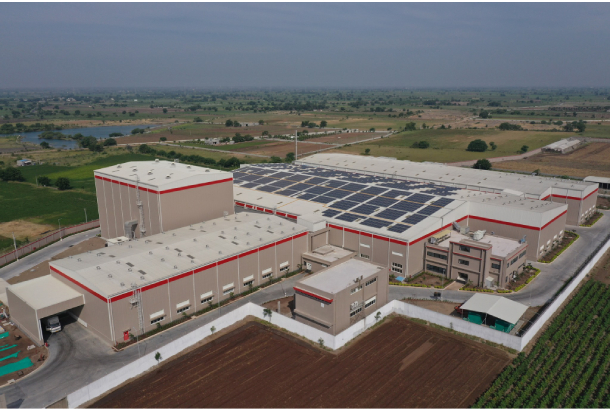


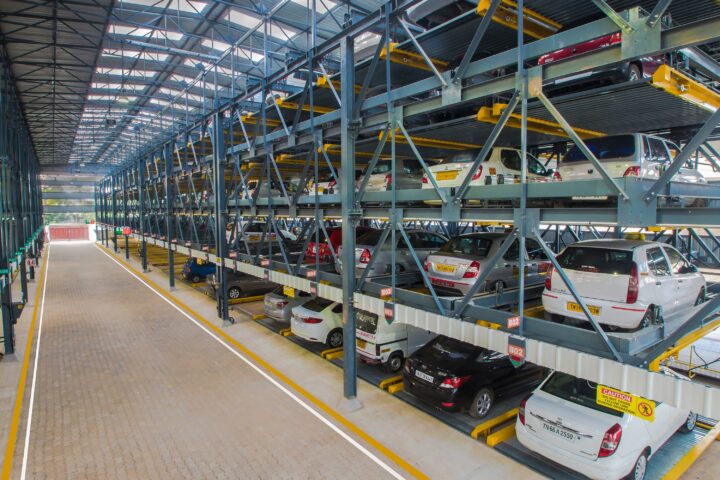


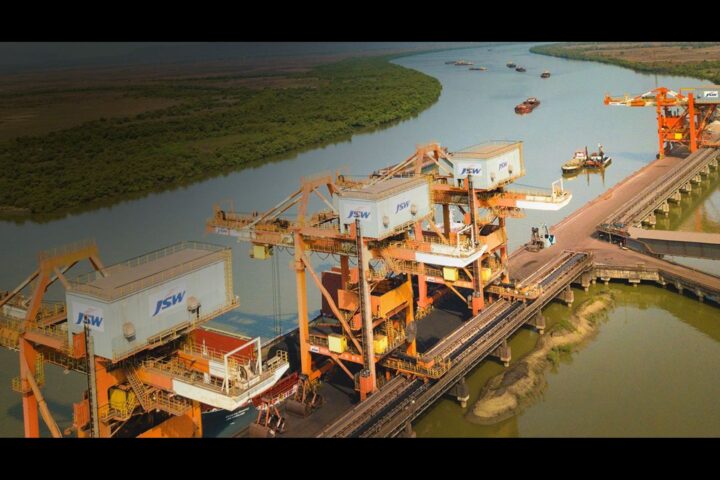
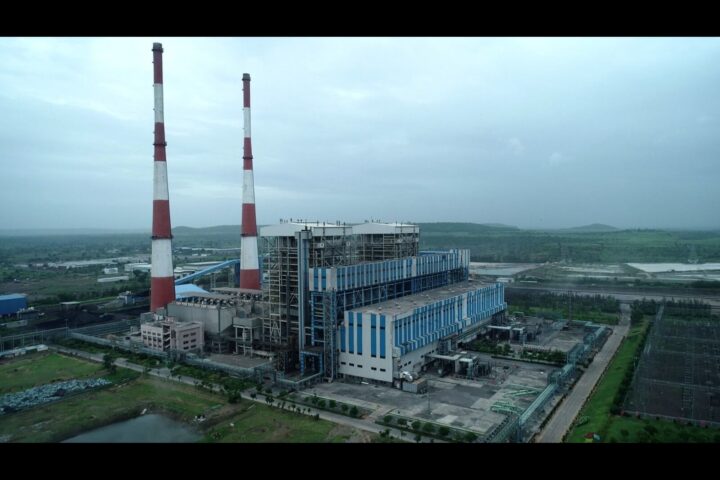




Follow